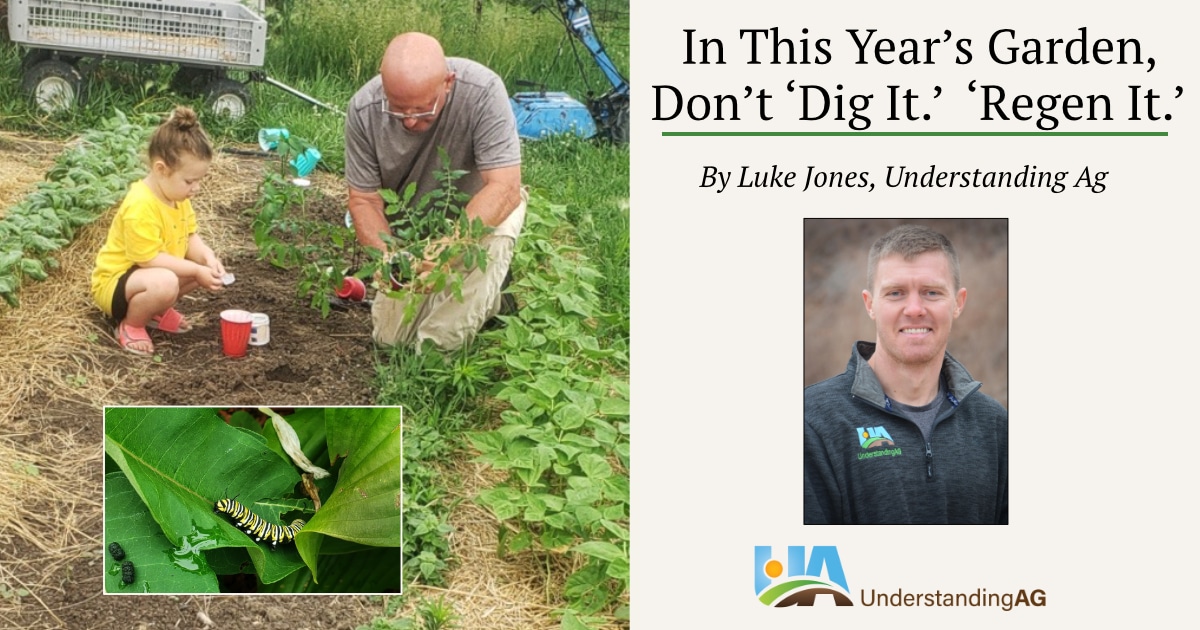
I can still recall all of the hours spent in my grandparents’ garden like it was yesterday. It was a sacred place to them, but it was just a place to burn off energy and get dirty for me. It never really seemed like work because they made gardening rewarding, educational, and challenging.
Both of my grandparents are still involved and instrumental in the garden planning every year, even though they are in their mid 80s. Now I believe it's my turn to make gardening rewarding, educational, and challenging for them. My years of rabbit-hole diving and hands-on experimenting in the garden have taken me on a new path regarding how I would like to see our garden managed for the most nutrient-dense product, using the least amount of manual labor, all while improving the plot of land it is on. This is important to me as I now have children of my own and I want them to have a connection with where their food comes from and how it is produced.
Because some might say I’m “just a hobby farmer” or suggest “you can't feed the world with that approach,'' I would like to point out that the practices we are implementing are no different than the thousands of acres we consult on. But it is true that I don't want to feed the world. I'd rather focus on my family and local community first. Yes, production yield is important, but so too is the quality and nutritional component of the end product.
I firmly believe that the quality of the soil aggregate is a true sign that good soil health practices are being implemented. Excessive soil disturbance seems to be a standard practice in most gardens. Maybe it's the desire to have a silky-smooth surface left after a roto-tiller pass, or perhaps it's just the fear of neighbors passing judgment on a sloppy or lazy gardener. The reality is the amount of tillage done in most gardening systems starts a huge ripple effect, resulting in extra work for the season and for years to come.
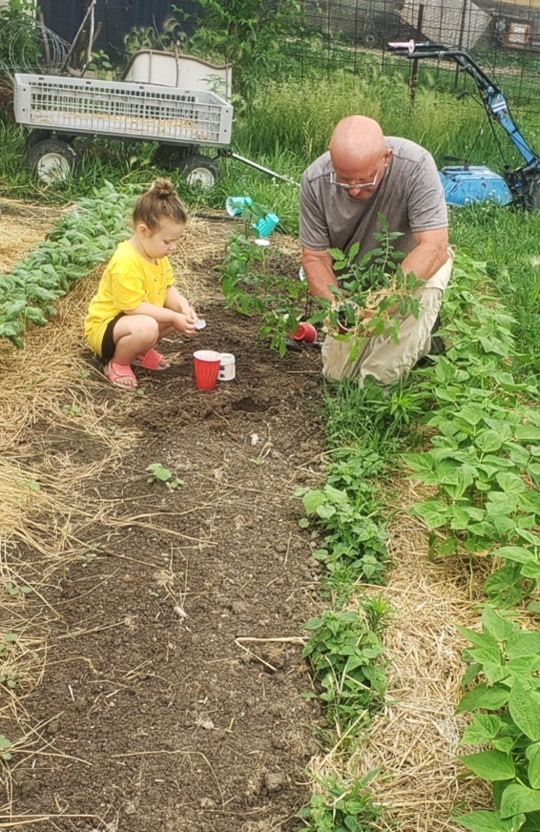
Routine tillage passes completely destroy the home for soil microorganisms, reducing their ability to properly function. Tillage also results in a reduction of soil hydrologic function. Heavy tillage breaks up soil aggregates and the pore spaces in the soil that are created by soil microorganisms. The result is a reduction in the soil’s infiltration rate and its water-holding capacity. Tillage also creates a compaction layer at the bottom of the tillage layer, creating a “shallow flowerpot” that will be in a critical state without the frequent tendering of water by man or rain.
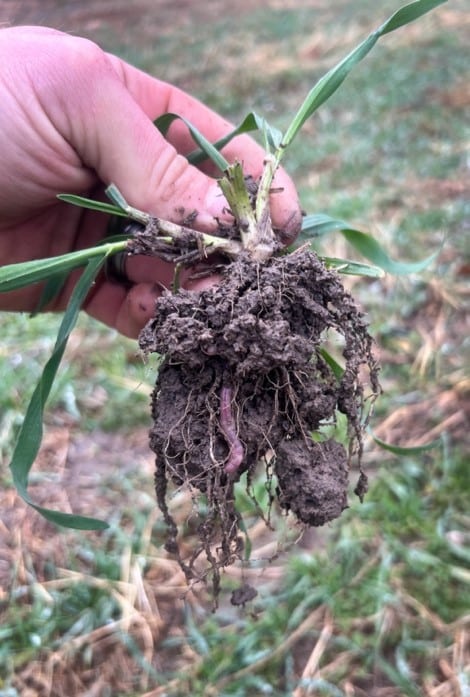
What pairs well with the minimal soil disturbance is allowing “soil armor” to remain on the surface. Putting a proper roof on a house with vents keeps its inhabitants comfortable and healthy. By leaving food on the surface and doing little-to-no disturbance we begin to allow the biology to feel at home, create an environment where temperature swings are not a drastic, and allo nutrients from the residue to be recycled back into the soil for future plant needs. When we do get rain, the armor also provides a great shield against those raindrops traveling in excess of 30 miles per hour. Those drops can quickly erode unprotected soil and also serve as a way for diseases to spread. The other obvious reason why soil cover is so important, especially for those who like to see a clean garden, is to help protect against “weeds’’ or forbs. The hours spent pulling the unwanted plants can be drastically reduced by applying a layer of mulch or hay source between the rows once or twice a year.
Two additional soil health principles are maintaining plant diversity and keeping living roots in the soil throughout the year. Plant diversity also stimulates diversity within the soil as well. Think of how each different plant producing a different root exudate can create a welcoming smorgasbord for the soil life which in turn feeds the plants back. Never miss an opportunity to capture sunlight through plant life.
We know we are working with a living system, so it needs to be fed, not rested and starved in a fallow season. To improve pollinator and beneficial insect habitat, consider bringing in more flowering species in an area and rotate those spots out each year. Build a home for beneficial insects, as we have data stating that there are 1700 beneficial insects for every one pest.
Soil health can also be improved through animal impact. We integrate chickens and sheep into our garden, but proper adaptive stewardship needs to be implemented or you could go backwards. What the animal can bring to the table is “the cherry on top,” so to speak, but if that option doesn't fit your context, your focus should be to create the best possible environment for your below ground livestock to flourish.
There’s a catchy phrase that states, “Life’s a garden. Dig it.” But what I have concluded from my regenerative gardening journey is more aptly stated, “Life’s a garden. Regen it.” My grandparents have witnessed what’s taken place in just a short period of time in my garden, prompting one to say, “Your garden soils are much healthier looking.”
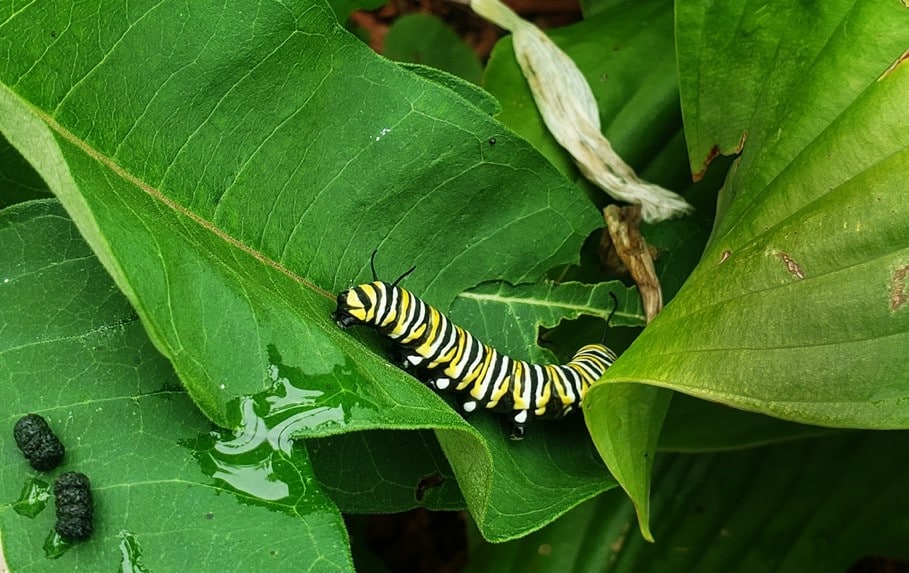
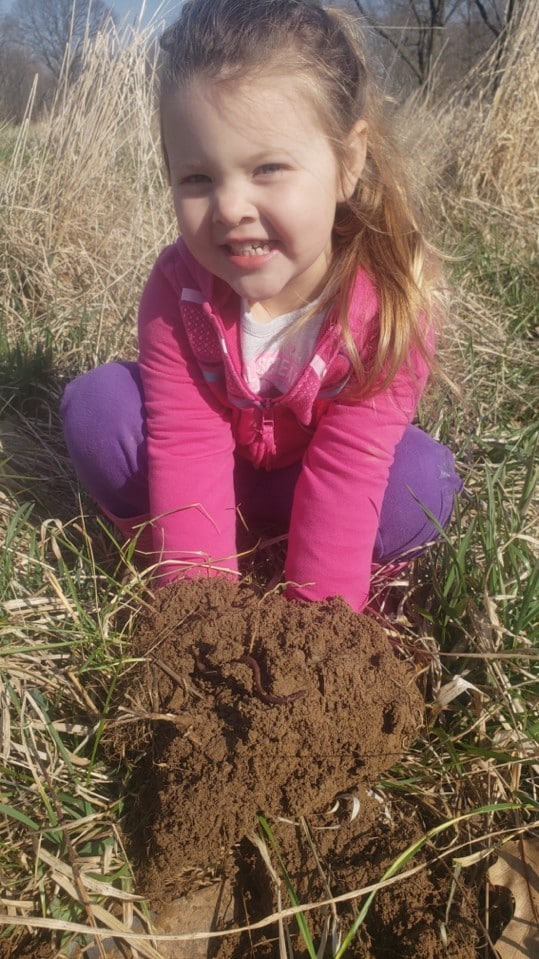
I didn’t take this compliment as a head-swelling moment, but rather as a lesson that the way we have always done things can change—for the better. The principles and practices of soil health can be applied anywhere, at any scale. As you thumb through the pages of the garden seed catalogs many of us receive in the mail this time of year, I encourage you to think about applying as many soil health practices and principles in your garden as you can, starting this spring.
It’s always rewarding to garden. But it’s even more rewarding when you garden regeneratively. Reach out to us if you’d like to further discuss what options and opportunities there are to rebuild, restore and revitalize your soils.
